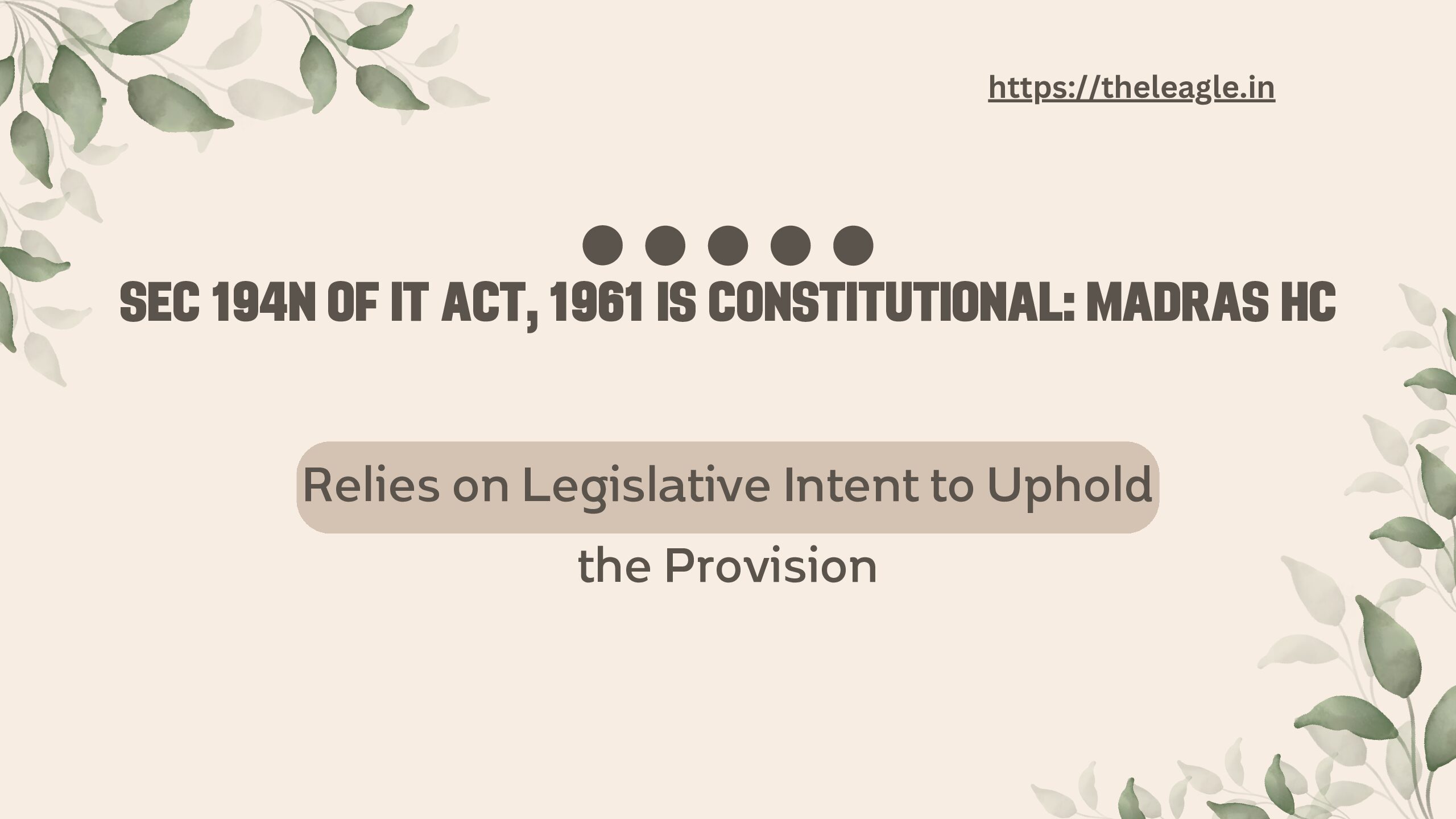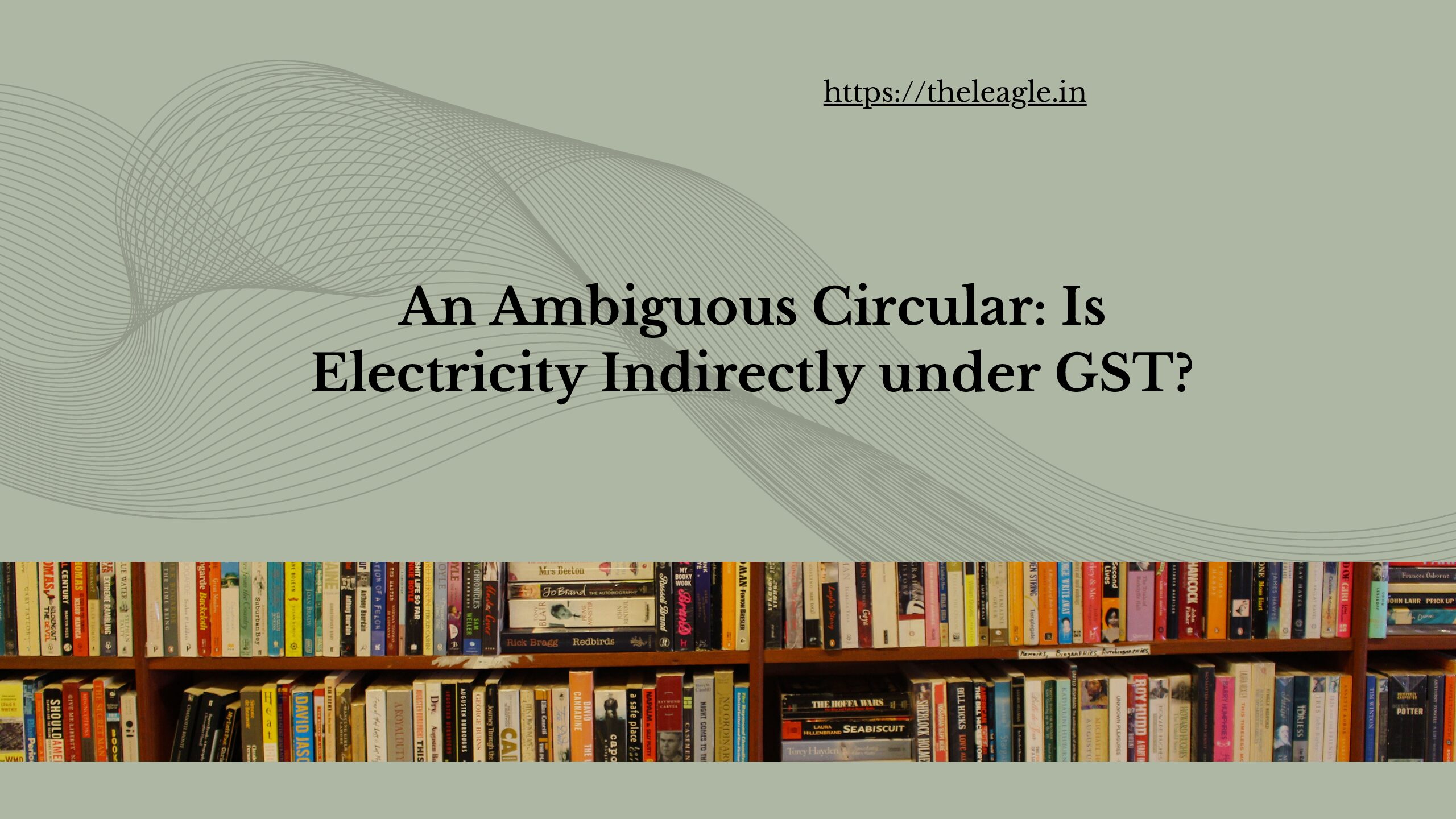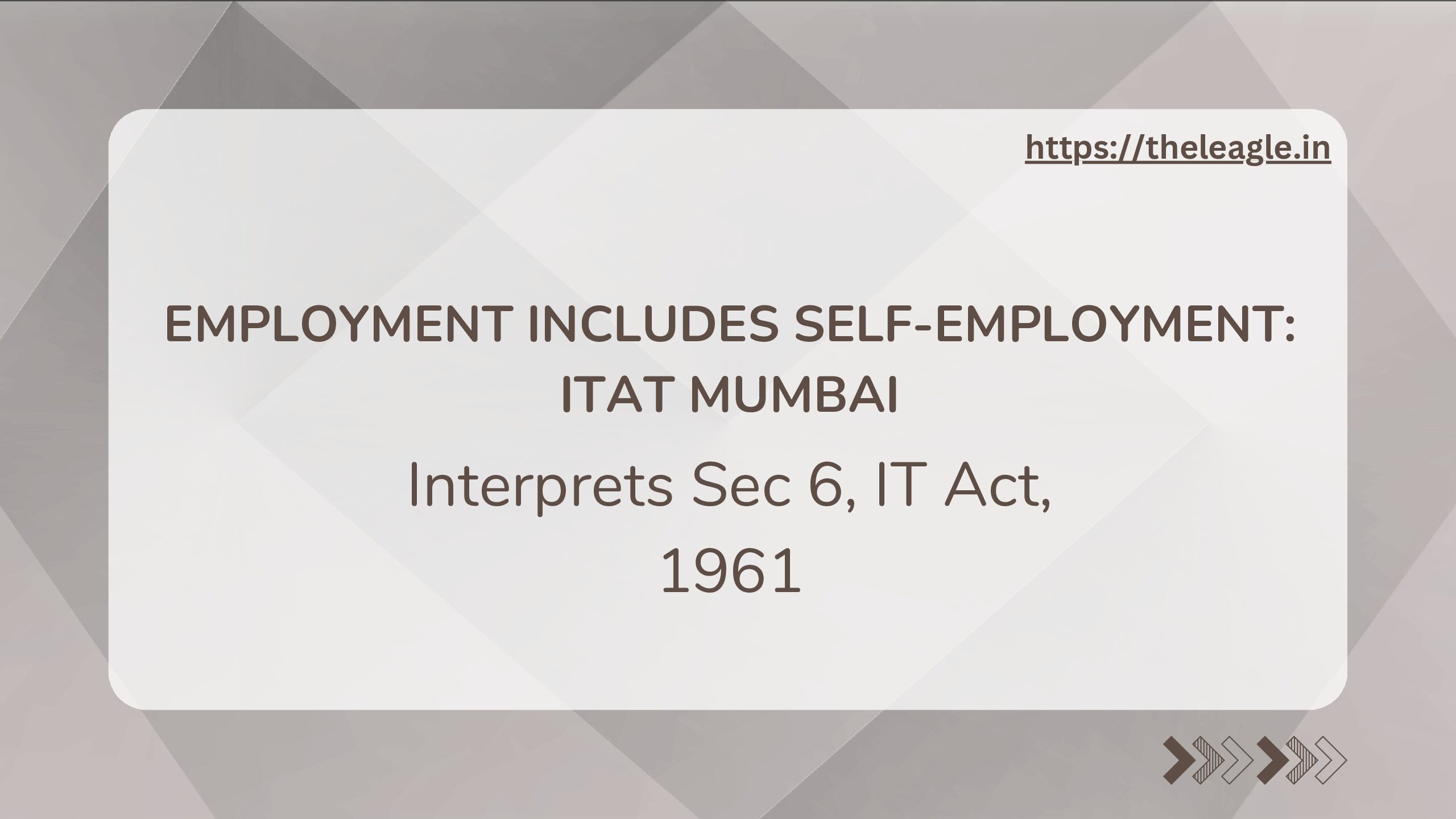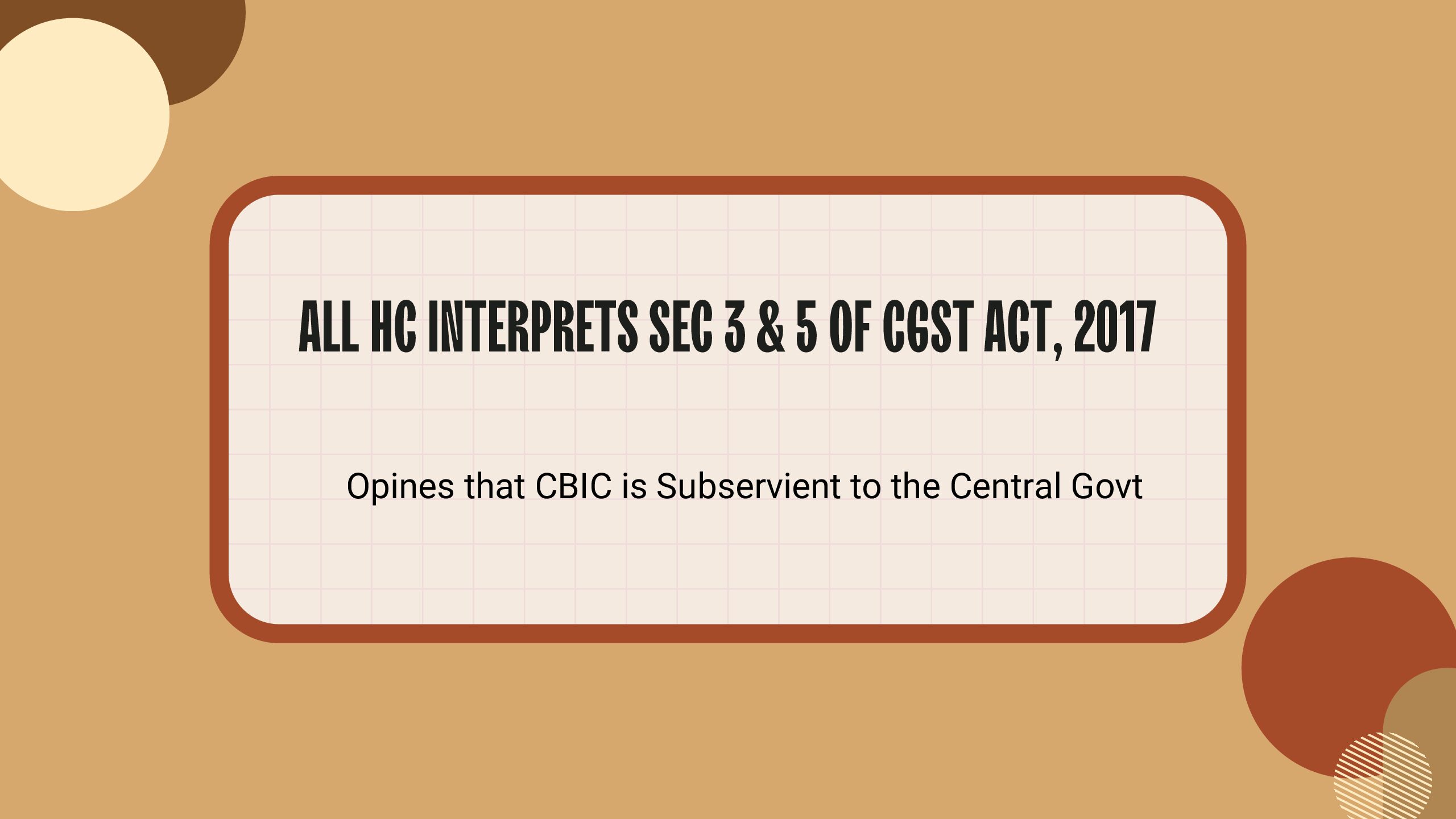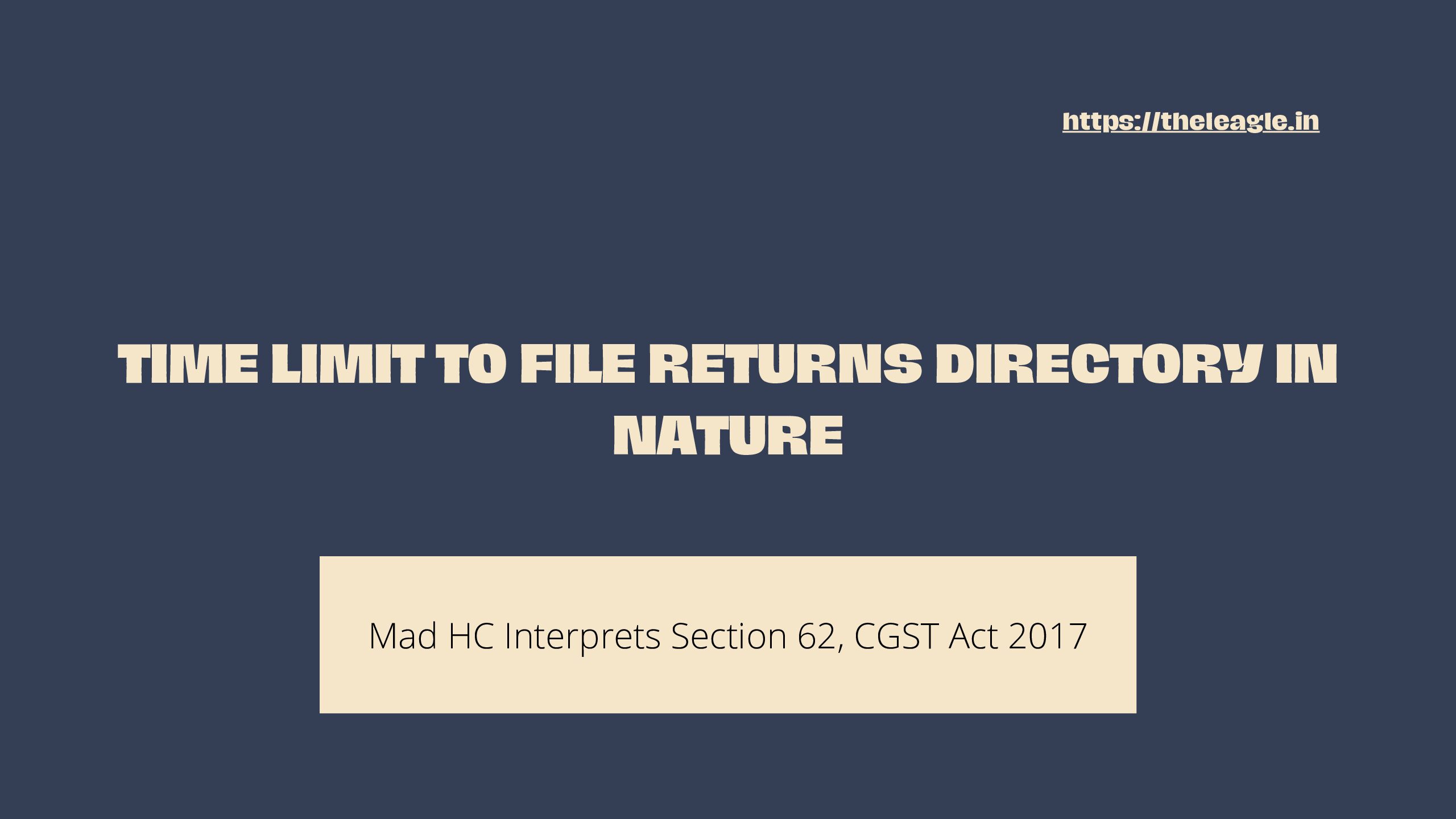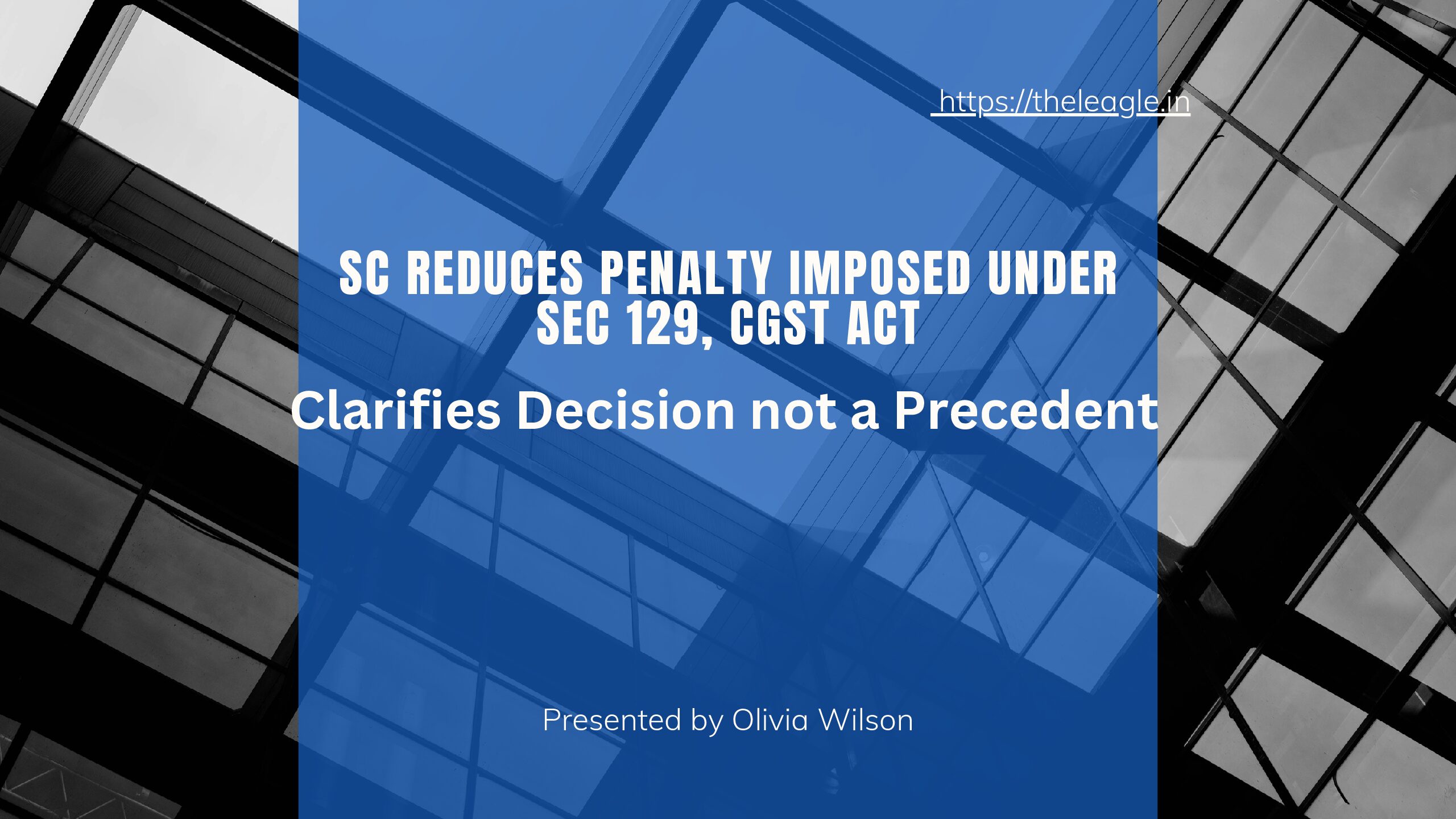The Jharkhand High Court recently adjudicated a writ petition where the petitioner had argued that only the authority which had initiated the entire process of investigation can complete the modalities and any subsequent actions by other authorities need to be quashed. The High Court interpreted Section 6, CGST Act, 2017 and the relevant notifications to adjudicate in favor of the petitioner.
Facts
The petitioner was the proprietor of M/s Manish Trading, Ranchi carrying on the business of iron, steel and cement. An inspection was carried out by the Intelligence Branch of the Jharkkhand State GST Dept and subsequently the petitioner was made to make certain deposits. Therafter, the Preventive Branch of CGST, Ranchi issued a notice to the petitioner directing reversal of ITC due to purchases made from certain non-existent entities. It was followed by a search carried out by DGGI, Central Tax which seized certain items from the petitioner and prepared a Panchnama to that effect. The petitioner was sent various summons.
The petitioner approached the Jharkhand High Court with the prayer that it had been issued summons by 3 different authorities and that only the authority which had initiated the proceeding prior in point in time shall be authorized to carry out the proceedings. The petitioner relied on the Notification and subsequent clarificationissued by CBIC, wherein the latter stated that:
It is accordingly clarified that the officers of both Central tax and State tax authorized to initiate intelligence based enforcement action on the entire taxpayer’s base irrespective of the administrative assignment of the taxpayer to any authority. The authority which initiates such action is empowered to complete the entire process of investigation, issuance of SCN, adjudication, recovery, filing of appeal etc. arising out of such action. (para 3)
The petitioner elaborated that the said Notification had been issued under Section 6(2)(b), CGST Act, 2017 and that it was amply clear that the investigation had been initiated by inspecting team of State GST and only it should be authorized to carry forward the proceedings.
The respondents including DGGI argued that the investigation were initiated by them as part of the investigations against the fake invoice gangs based in Noida. The respondents argued that the investigations had revealed various fake entities that were involved in claiming fraudulent ITC and the petitioner was part of a large scale fraud spread across various States. And that DGGI was better suited to conduct the investigation since it had an all India jurisdiction and normally State GST transfers such cases to DGGI.
DGGI’s argument was thus two-fold: not only did it initiate the investigation but also it was more competent to handle the investigation since the case had inter-State ramifications.
Decision
The Jharkhand High Court noted that Section 6(2)(b) and the clarification issued under it made it amply clear that the chain of a particular event and the investigation carried out at behest of the Department are interrelated. The High Court observed that even if it accepted that the DGGI initiated an independent investigation based on information received in Noida:
… in that event also, we are at loss to say that the DGGI is raising a question about credibility and competence of the State GST Authorities, in carrying out the investigation concerning wrong/inadmissible availment of Input Tax Credit, inasmuch as, the officers of the DGGI does not enjoy any special power or privilege in comparison with the officers of the State GST Authorities. (para 14)
Based on the above, the Jharkhand High Court concluded that since the investigation by State authorities were prior in time, including the search and seizure operation and since all proceedings are inter-related, the State authorities shall continue with the proceedings.
Conclusion
The impugned decision reveals the administrative complexity of a nationwide dual levy. Empowering officials both the Central and State level to administer a single tax in India is unprecedented and some administrative tensions are bound to arise. And this isn’t the first nor the last instance of jurisdictional tussles. The Jharkhand High Court did well to rely only on the relevant statutory provisions and notifications/clarifications to arrive at its decision. Whether it is the best decision from an administrative standpoint is not easy to tell. At least not yet.

